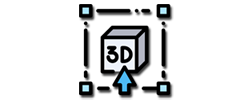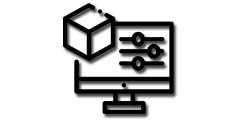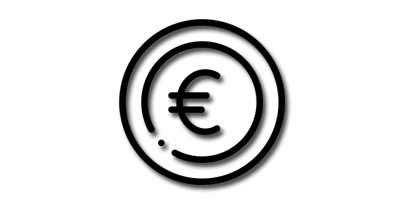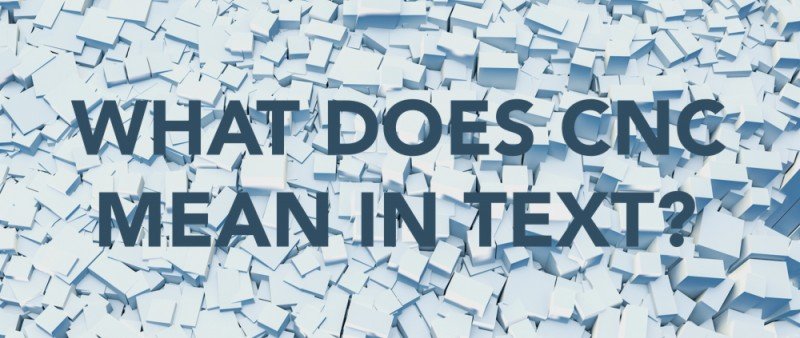CNC machining, or CNC manufacturing is a computerized manufacturing process in which pre-programmed software and code controls the movement of production equipment.
CNC machines are tools such as 3d printers, lasers, grinders, routers, lathes, and turning mills, all of which are used to deposit material, cut, shape, and create different parts and prototypes.
CNC machining enables the creation of parts and components that would usually be impossible to create manually. A single set of prompts fed into a computer can produce complex 3D products.
The CNC machine removes or adds material from the base stock piece through drilling, milling, turning or other types of operations to create shapes, angles and the finished product.
The answer to “What is CNC?” is to think about the process as a blending of technology and physical tools. Computers take input from CNC machinists, who translate drawings into a programming language called G-code. The CNC machine then dictates to the tool what speed and movement to follow in order to create the desired part or object.
A CNC machine is a motorized maneuverable tool and often a motorized maneuverable platform, which are both controlled by a computer, according to specific input instructions. Instructions are delivered to a CNC machine in the form of a sequential program of machine control instructions such as G-code and M-code, and then executed. The program can be written by a person or, far more often, generated by graphical computer-aided design (CAD) or computer-aided manufacturing (CAM) software. In the case of 3D printers, the part to be printed is "sliced" before the instructions (or the program) are generated. 3D printers also use G-Code.
In modern CNC systems, the design of a mechanical part and its manufacturing program are highly automated. The part's mechanical dimensions are defined using CAD software and then translated into manufacturing directives by computer-aided manufacturing (CAM) software. The resulting directives are transformed (by "post processor" software) into the specific commands necessary for a particular machine to produce the component and then are loaded into the CNC machine.
The first NC machines were built in the 1940s and 1950s, based on existing tools that were modified with motors that moved the tool or part to follow points fed into the system on punched tape.These early servomechanisms were rapidly augmented with analog and digital computers, creating the modern CNC machine tools that have revolutionized machining processes.






